Our Story
1909: Origins in Automated Music
Founded in Grand Rapids, Michigan, National Automatic Music and National Piano Manufacturing began their journey in 1909 as partners in innovation. Together, the two companies became renowned for their coin-operated pianos capable of automatically playing up to eight selectable songs. Acting as both manufacturers and operators, they built a profitable route of these devices across multiple U.S. states, laying the groundwork for a legacy in automated entertainment.


1925: Formation of AMI
With the emergence of the 78rpm record, the two companies decide to merge into one, pivot away from piano music, and focus on record-playing jukeboxes, at the time referred to as phonographs.
1927: Introduction of the Modern Jukebox
With a newly acquired patent for a record-changing mechanism, AMI unveils America’s first, coin-operated, electrically amplified phonograph capable of playing up to ten interchangeable records. AMI begins to operate these new phonographs across its existing U.S. routes.
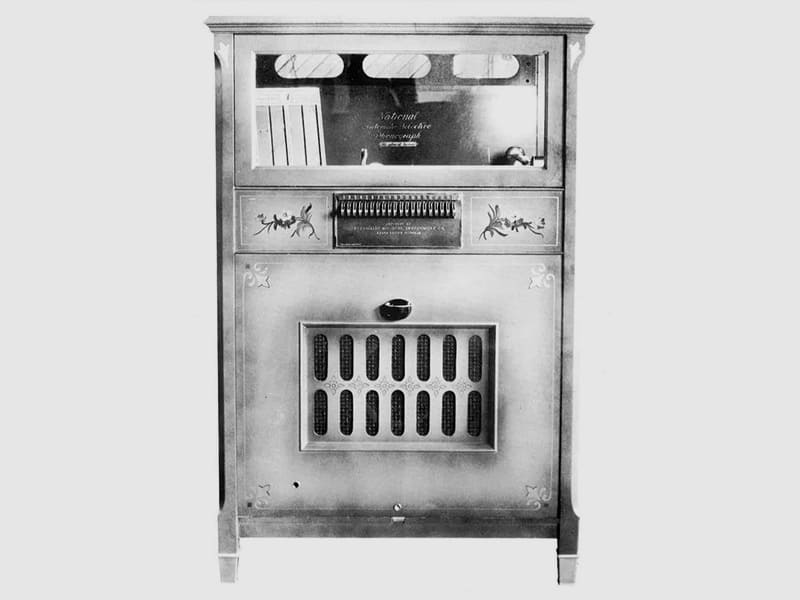

1936: Partnering with Amusement Operators
AMI stops the practice of owning all its machines in the field, allowing other operators to purchase its phonographs. New routes spread fast across America. The formation of these new partnerships allow AMI to solely focus on phonograph manufacturing and design.
1946: Embracing the Term "Jukebox"
Believed to have originated in the Mississippi Delta, the terms jukebox and juke joint were used as slang among patrons, but never used in advertising until AMI did so to introduce its Model-A jukebox.
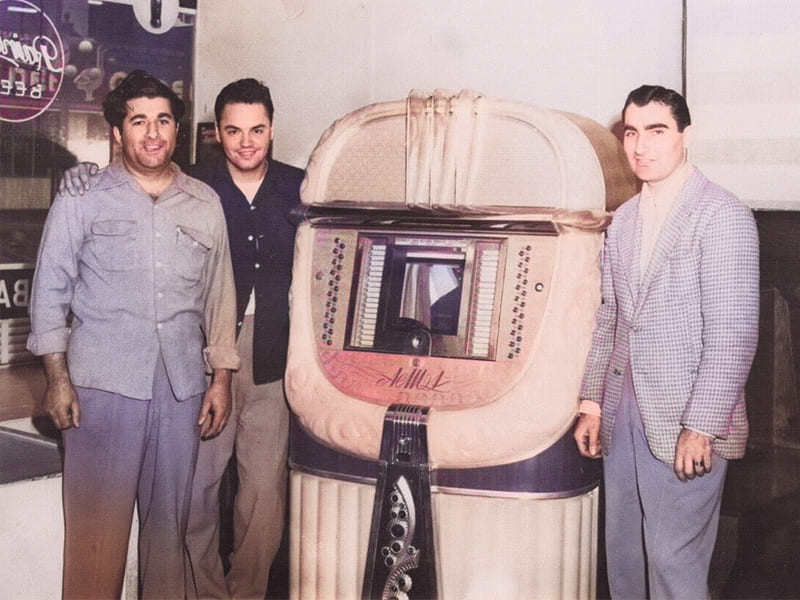
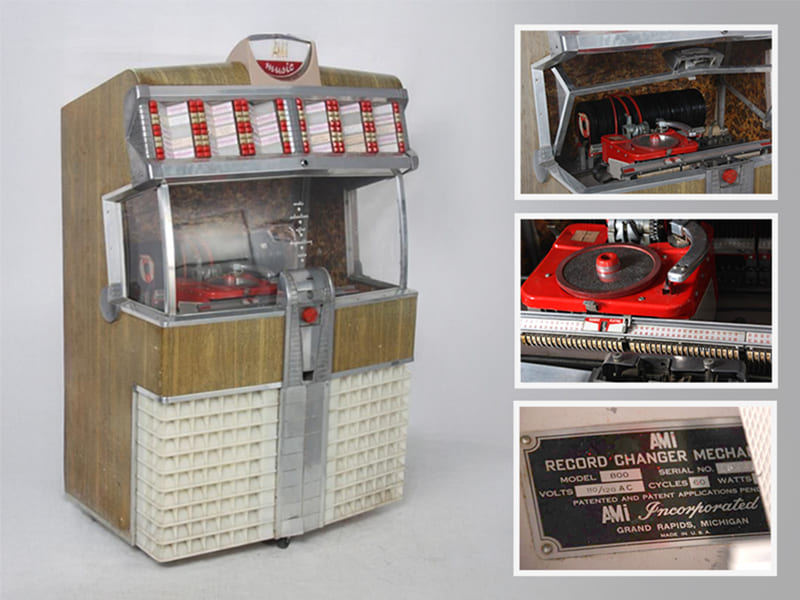
1953: Transition to Vinyl Records
Well suited for jukeboxes, the vinyl 45 was small, lightweight, and also the preferred method of distributing rock n’ roll. Total record sales of the genre soar as AMI integrates the 45 into new product lines.
1959: AMI merges with Rowe AC Services to form “Rowe/AMI.”
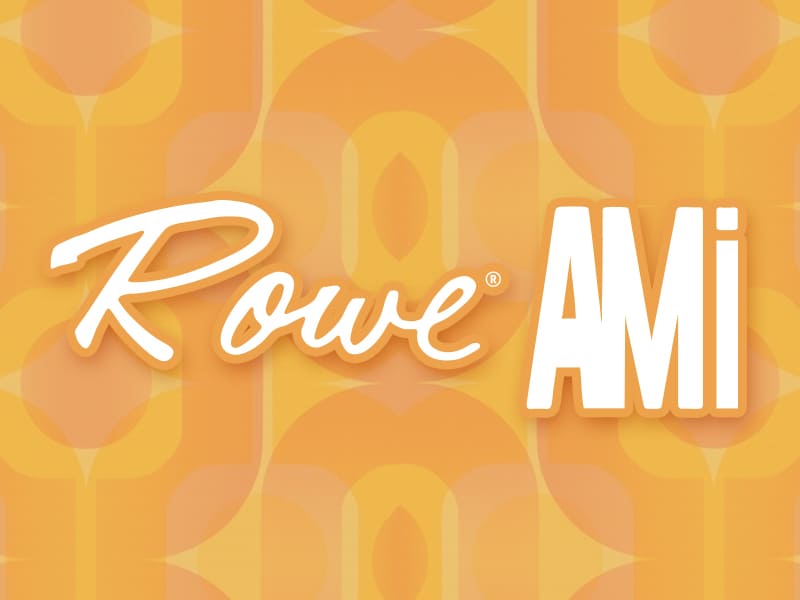
1961: Iconic "Continental" Jukebox
Rowe/AMI continues to innovate throughout the 60s, filing design patents for over 10 new jukebox models including the “200,” the “Continental,” the “Diplomat,” the “Lyric,” the “Tropicana,” the “Wall-ette,” and more.
1968: Rebranding to "Rowe"
Rowe/AMI rebrands to “Rowe” and continues to grow its product portfolio over the next two decades.
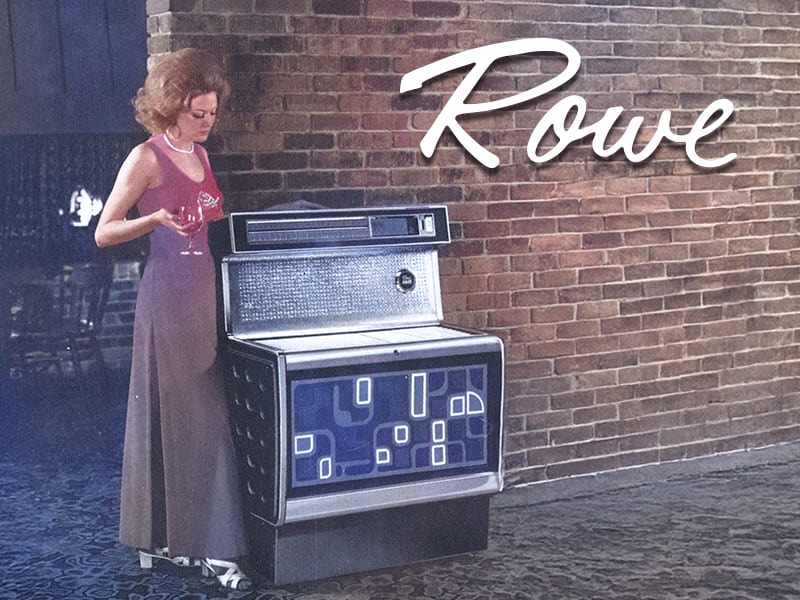

1993: "Laser Star" Dominates the Market
With its new flagship model, Rowe becomes the standard by which all other jukeboxes are judged. The company grows to become the dominant manufacturer, commanding an estimated 70% of the domestic market and 60% worldwide.
2003: Digital Evolution and Birth of AMI Entertainment
With the emergence of digital music, the jukebox market changes forever. Manufacturing becomes only one part of the equation, with software, network services, and music catalog management becoming new requirements and components of the business. Rowe responds by launching a Chicago-based subsidiary it calls “AMI Entertainment.” The company’s digital evolution begins.
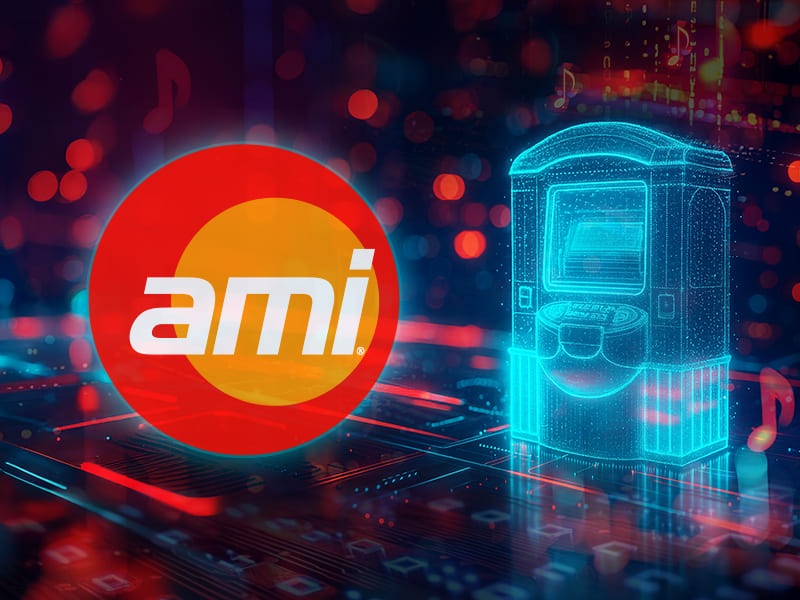
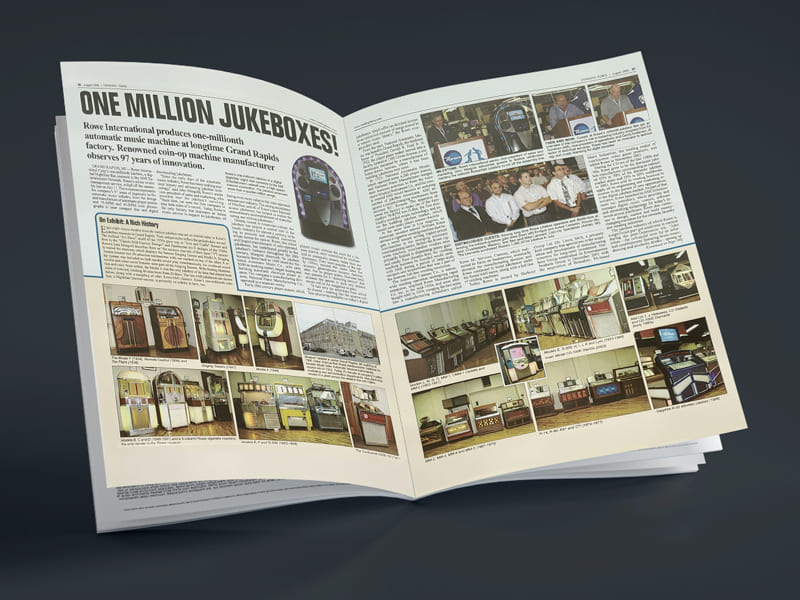
2006: One Millionth Jukebox Produced
A journey started in 1927 reaches a monumental milestone, 79 years later, as the assembly line at Rowe completes its one millionth jukebox build.
2008: AMI Reaches 10,000 Digital Connections
Five years after its initial launch, Rowe’s new AMI network reaches a milestone of 10,000 digital connections.


2009: Merger with Merit Industries
Rowe merges with touchscreen gaming pioneer Merit Industries to form “AMI Entertainment Network.”
2011: Launch of NGX-32 Jukebox
With a focus on effortless serviceability and customization, the NGX-32 goes on to become the company’s best-selling digital jukebox of all time.
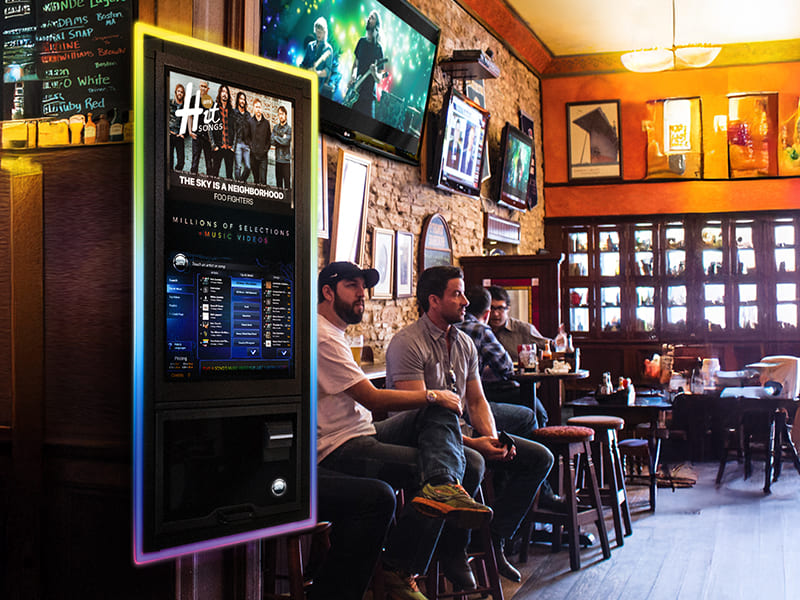

2012: Introduction of Mobile App for Song Selection
Recognizing the power of mobile to reach new consumers, AMI launches its first mobile app enabling bar patrons to remotely control a nearby jukebox. Later rebranded as AMI Music, the app quickly becomes a popular method of music selection with over 1.5 million active users.
2013: Expansion into Digital Media Services
AMI expands its digital portfolio to include music videos, interactive television, and digital signage capabilities.
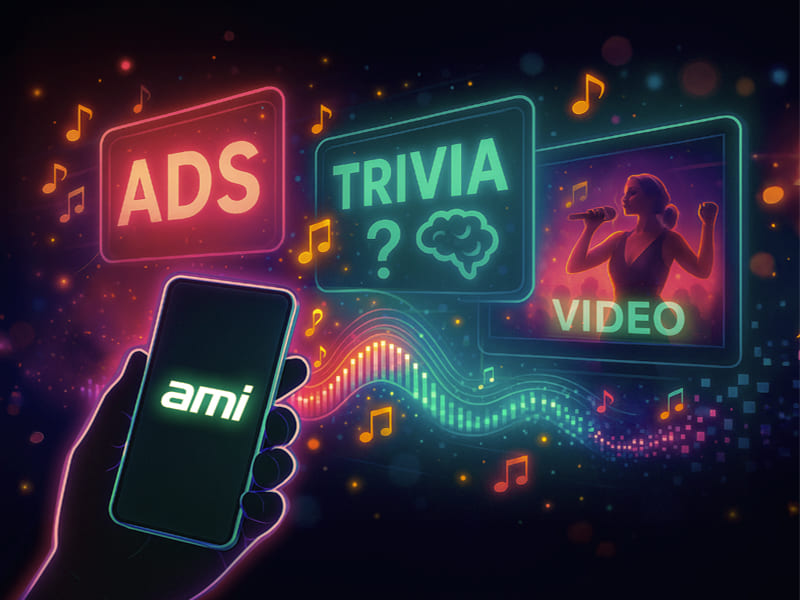
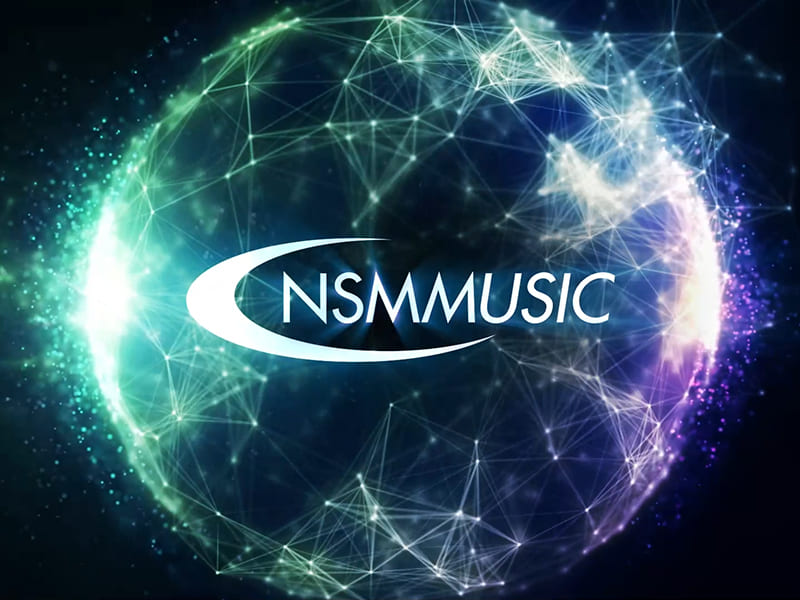
2017: Acquisition of NSM Music Expanding Innovation Across Europe
AMI acquires UK jukebox leader NSM Music, paving the way for exciting new products and services for European customers.
2018: Launch of Industry’s First Route Management App
AMI’s Co-Pilot app becomes the industry’s first route management app for jukebox operators, while also providing remote functions and rewards to venue staff.
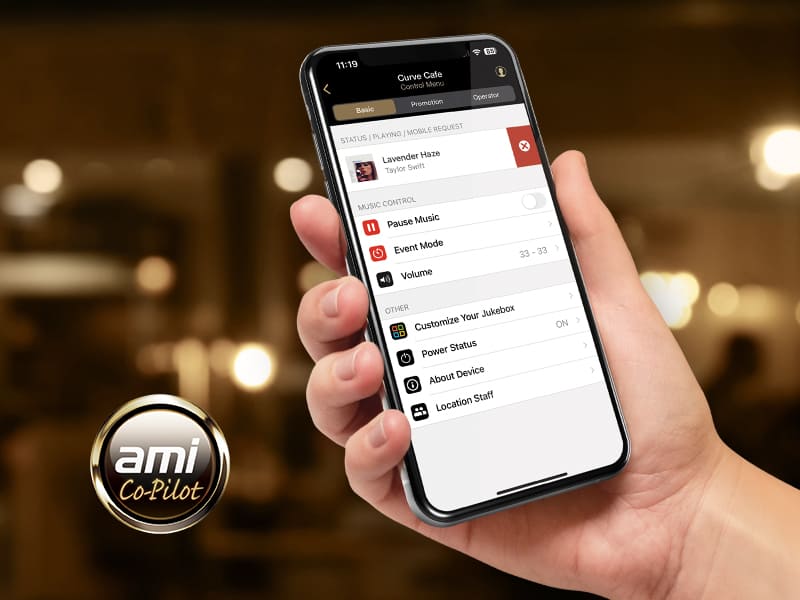
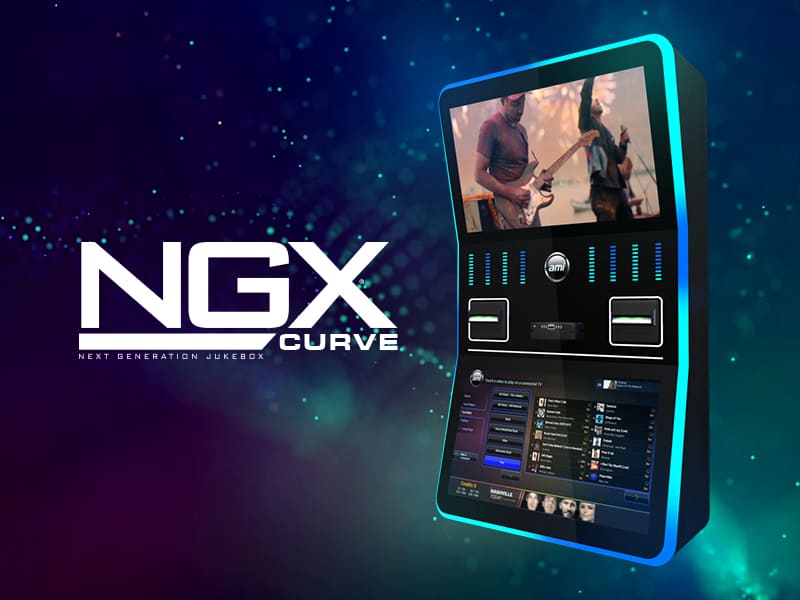
2019: NGX Curve Becomes Fastest-Selling Jukebox
Intended to be aesthetically rich in design while also living up to the NGX reputation for reliability, AMI’s new music video jukebox quickly becomes the product of choice among American operators.
2023: Meet the Atom – Small Size, Big Impact
The lightweight Atom jukebox delivers big features in a small frame, offering solo installation, easy maintenance with a swappable core, and unmatched value. Compact yet powerful, it sets a new standard for jukebox innovation.
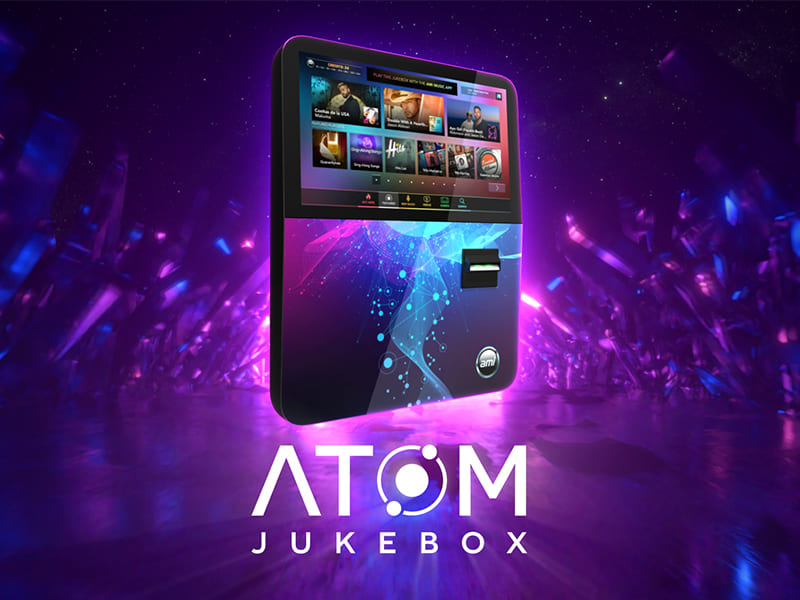

2025: A New Era of Trivia Begins
Tap TV Trivia is rebranded to AMI Trivia, bringing a improved gameplay and fresh content. Popular new categories like 60s Trivia and 2000s Trivia join the mix, alongside an L Bar prompt that makes it easier than ever to get in the game.
2025: Phantom Launches, AMI Takes Home AMOA Innovator Award
Invisible but impactful, the Phantom jukebox redefines music entertainment with a discreet, behind-the-TV design, plus no cashbox. Weighing less than a pound and costing a fraction of traditional models, it powers music videos, AMI Trivia, digital ads, and more—earning AMI the 2025 AMOA Innovator Award.
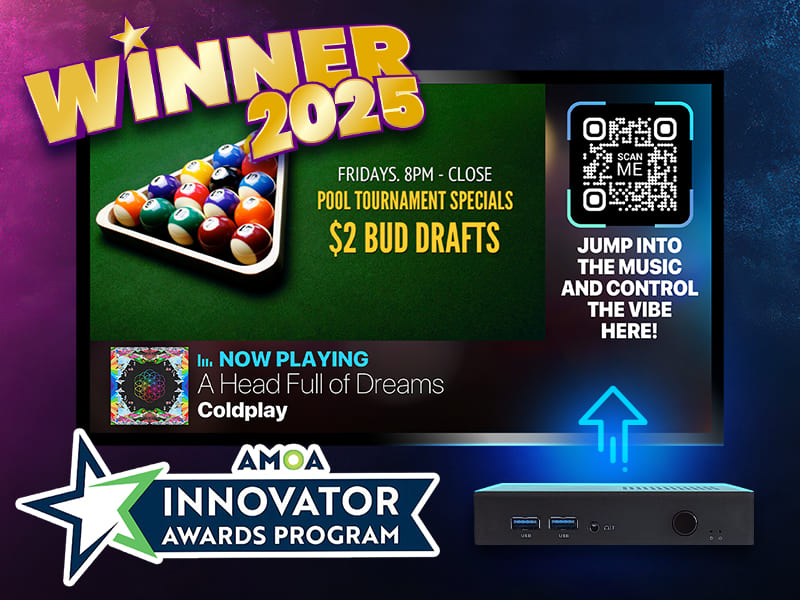
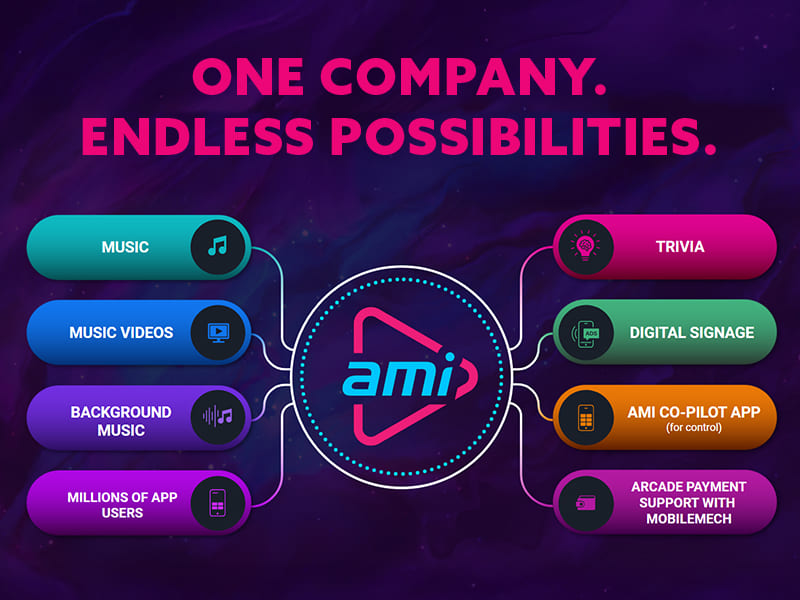
TODAY: AMI continues to listen, learn, innovate, and grow
With over 30,000 connected venues worldwide, AMI delivers fully licensed music solutions, a growing catalog of 35,000+ music videos, interactive trivia, dynamic digital signage, powerful mobile apps, and unmatched customer support.
